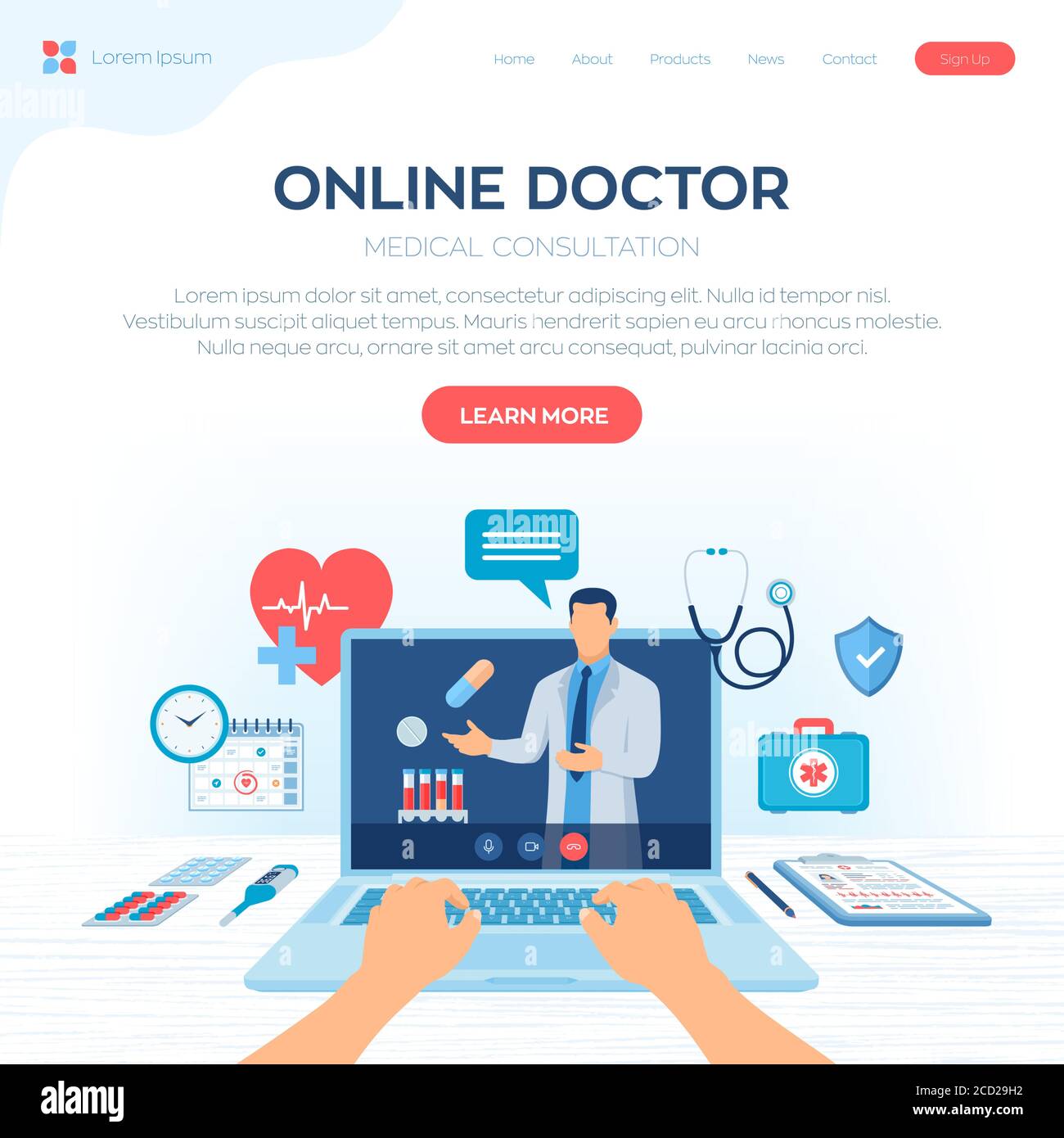The Influence of Subscription Based Healthcare on Conventional Clinical Practices
The Influence of Subscription Based Healthcare on Conventional Clinical Practices
Blog Article
The Increase of Subscription-Based Medical Care and Its Impact on Client Treatment
As medical care advances, the subscription-based design is acquiring grip, assuring to transform person care by providing predictability and access. These models, which bypass standard insurance coverage, might redefine the patient-doctor dynamic, stressing customized and preventive care. As with any kind of innovation, they provide difficulties, especially worrying fair accessibility for all socioeconomic groups. The capacity for these versions to improve medical care distribution increases pushing questions regarding their long-term sustainability and inclusivity. Are these subscription solutions the future of health care, or do they take the chance of leaving at risk populations behind? The complexities of this shift warrant a more detailed assessment.
Recognizing Subscription Medical Care Designs
Realizing the idea of membership medical care versions entails taking a look at a transformative strategy to clinical solutions that stresses price and accessibility. These models, frequently described as direct health care (DPC) or concierge medicine, have actually become ingenious options to typical fee-for-service medical care systems. Registration health care permits patients to pay a fixed monthly or annual cost for a defined collection of clinical solutions, which may include endless office visits, regular exams, and fundamental lab examinations, without the demand for conventional insurance billing.
The structure of registration health care models is designed to streamline person care by removing third-party payers and intricate invoicing codes, therefore minimizing management worries. Healthcare carriers can focus extra on person treatment, promoting stronger patient-provider partnerships. This version additionally advertises preventative care by urging routine visits, as the monetary challenge of per-visit costs is removed.
The registration version often equips medical care service providers to take care of smaller client panels, enabling even more personalized treatment. It aligns financial motivations with individual health outcomes, as suppliers are inspired to keep patient satisfaction and well-being. Overall, recognizing registration healthcare designs needs recognizing their prospective to reshape just how treatment is delivered and accessed.
Benefits for Clients and Companies

With a steady revenue stream, health care experts can dedicate even more time to each person, leading to a more individualized and complete treatment experience. The emphasis on precautionary treatment within membership plans can lead to much better patient results and decreased long-term health care costs.
Problems and challenges
While subscription-based medical care versions existing countless advantages, they additionally come with a collection of obstacles and worries that have to be addressed. This increases honest concerns about fair accessibility to medical care solutions.
Financial sustainability click over here of subscription-based models is one more worry. Providers must stabilize the fixed income from memberships with the variable expenses of health care services, which may vary due to unpredicted medical needs. This can create pressure to limit services or rise charges, potentially influencing client contentment and care top quality.
Furthermore, governing oversight of subscription-based medical care designs is still developing. Attending to these obstacles is important for the fair and effective application of subscription-based medical care.
Impact on Patient-Doctor Relationships
One considerable influence of subscription-based health care models on patient-doctor relationships is the capacity for improved continuity and customized treatment. By taking on a registration version, doctors can handle a smaller client panel, permitting more specialized time with each individual. This boosted availability fosters a much deeper understanding of a patient's case history, way of living, and choices, enabling a lot more tailored therapy plans and interventions.

However, it is necessary to acknowledge that while subscription-based versions might benefit those who can afford them, they might accidentally broaden healthcare variations. Patients who are incapable to join these versions may experience decreased access to customized care, potentially influencing their partnerships with health care suppliers. Therefore, from this source while the registration design uses appealing benefits for patient-doctor relationships, it also presents obstacles that require to be dealt with to guarantee equitable health care access.
Future of Healthcare Gain Access To

The role of innovation can not be neglected in this transformation. Telemedicine systems and electronic health records assist in smooth communication in between patients and doctor, damaging down geographical and logistical obstacles. In addition, improvements in expert system and information analytics can better personalize treatment by forecasting person needs and maximizing treatment plans.
Nonetheless, the future of health care accessibility also provides challenges, such as making sure equity across different socio-economic teams. Policymakers and health care companies should team up to bridge the digital divide, making sure that subscription-based designs stay comprehensive and inexpensive. As these systems develop, they hold the assurance of making health care a lot more available, effective, and patient-centric.
Final Thought
Subscription-based health care designs are improving client treatment by giving a steady price structure and improving availability. These designs enhance patient-provider connections through personalized treatment and normal brows through, highlighting preventative wellness. In spite of these advantages, challenges such as accessibility concerns for low-income populations and the demand for fair health care remedies persist. The surge of subscription-based medical care urges positive client interaction, which has the potential to enhance client results and complete satisfaction, signaling a transformative shift in health care delivery.
As health care progresses, the subscription-based version is obtaining grip, promising to revolutionize patient care by supplying predictability and access.Subscription-based health care designs provide distinctive benefits for both individuals and suppliers, enhancing the overall healthcare experience.As health care systems evolve, the future of medical care accessibility regularly hinges on the combination of cutting-edge models and modern technologies.Subscription-based healthcare designs are reshaping client treatment by supplying a stable price framework and enhancing ease of access. The surge of subscription-based healthcare encourages aggressive person involvement, which has the possible to improve person end results and fulfillment, signaling a transformative shift in medical care shipment.
Report this page